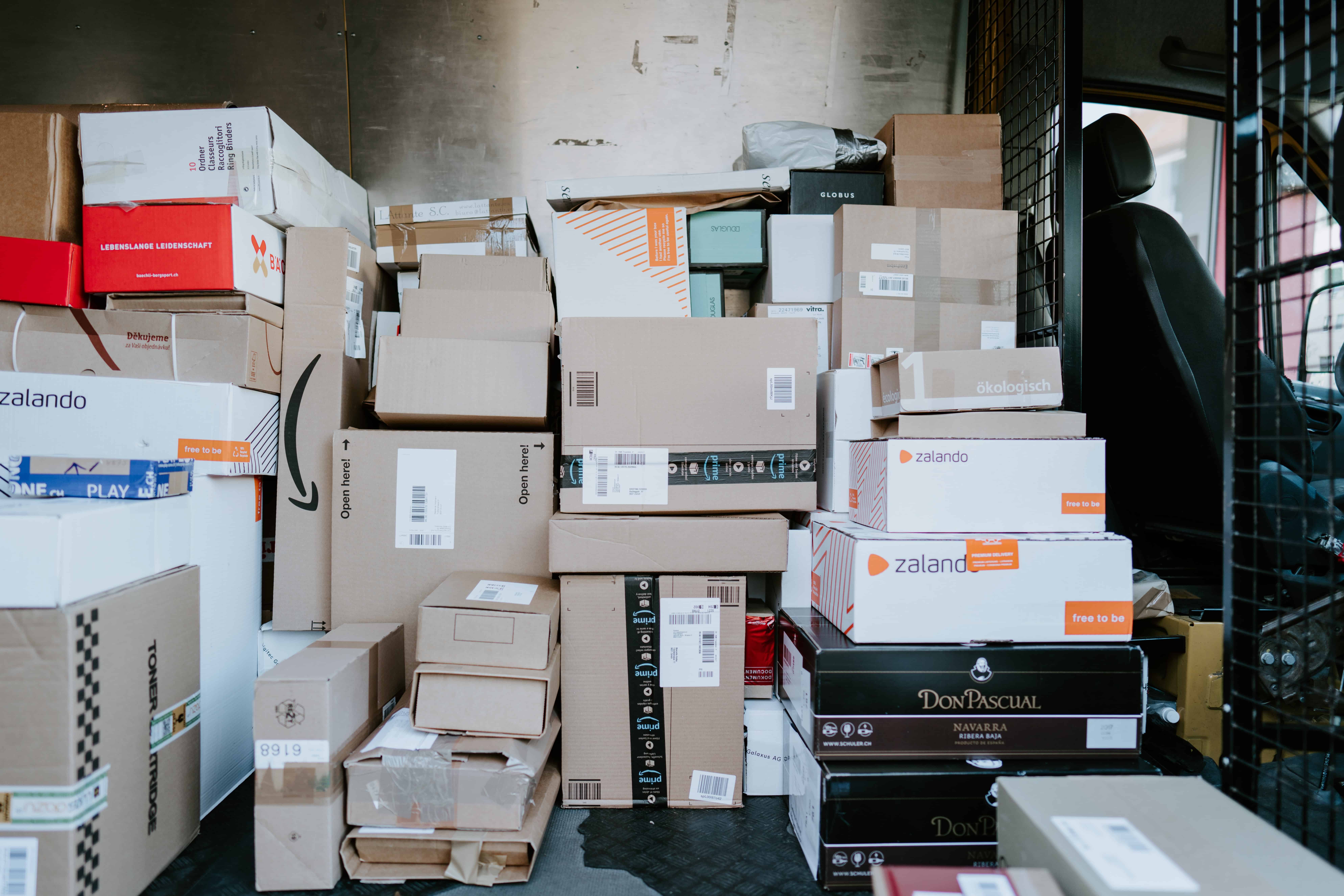
Know the Service: Parcel Select Lightweight and Ground
In 2013, USPS discontinued their Parcel Post mail class and broke it into two new options: Parcel Select and Standard Post. Standard Post is aimed towards customers who buy postage at the post office. Parcel Select is for those who purchase their postage online. For both, you’ll expect to see delivery between 2-8 days to the contiguous United States, slightly longer for Alaska or Hawaii.
While we’ve covered USPS’ standard post options, there’s still a lot of uncertainty about Parcel Select. Parcel Select Ground, broadly put, is an affordable ground delivery service aimed towards large and medium-sized shipments. It is often used for bulk shipments: generally accepted to be more than 50 packages.
While it is for larger shipments, you could theoretically use it to ship a single package. The prerequisite is that you print your shipping label using online postage. In this instance, there is no minimum shipping amount.
In terms of sending your package off for delivery, as long as you print off your postage online, you have a few options. You can give your shipment directly to a mail carrier, or you can drop it off at the post office. As previously mentioned, you cannot buy Parcel Select at the Post Office. It can only be purchased online via a postage vendor. Conversely, you can’t buy Standard Post online, it must be purchased at a Post Office.
This mail class is one of the lowest cost options for USPS ground delivery. Price is determined by weight, dimensions, and distance it is being sent. The maximum weight of an individual package is 70 lbs. Regarding size, the max dimensions are 130,” length and girth combined. If the package is over one cubic foot, it will incur an additional charge. Lastly, the distance traveled is zone-based, using zip codes. On a scale of 1 (local) to 9 (long-distance), the first three digits determine if this is a local shipment.
Depending on how much you’re willing to do beforehand may get you a cheaper rate. First, you’ll want to use an authorized USPS business partner or an online shipping label approved vendor to print your labels. From there, you’ll drop off the packages at a dropsite facility. Handling these components by yourself will save you a lot on your shipments.
Being such a competitive service, private couriers like UPS or FedEx often use this service to take a package the ‘last mile,’ particularly in more rural areas. This is a great option because of the Postal Service’s extensive delivery network. This service is able to reach every US state, and has access to PO Boxes and military addresses. USPS also doesn’t impose fuel, residential or Saturday surcharges. These providers will use their strengths - whether it be cost efficiency, speed of delivery, etc - and then utilize Parcel Select for the final burst, as the service is so efficient and cost-effective.
Alongside pricing and reach, it also delivers on reliability. Parcel select includes free delivery confirmation, allowing you to track your package using the USPS Track & Confirm website. There’s also an added option of security: you can opt into the free Hold for Pickup option and have your recipient pick the parcel up at their local post office.
Generally, Parcel Select will be the best option for shipments that cannot be sent via air, or when your package dimensions exceed the requirements of other USPS services. It’s great for bulk shipments and it is an economically competitive option. While being well priced, there is the trade off of it being one of the slowest USPS services offered. It is also not advised to use this service when shipping fragile items. Given that the packages are shipped via ground and will pass between facilities, they will be handled more often. This increases the likelihood of damage and you should be sure that your items are packaged securely.
Now that we have a baseline understanding of USPS Parcel Select Ground, we can examine some of the nuanced offerings under the umbrella. USPS has many variations within this class, with prices being determined by the pre-sorting of packages by delivery address and drop-shipping at destination facilities closer to the delivery point.
- Parcel Select Nonpresort: This service available directly through online third-party vendors and does not require presort at a facility.
- Parcel Select - NDC Presort: This comes with a 50 package minimum, and packages have to be presorted to select network distribution center (NDC) or auxiliary service facility (ASF) destinations.
- Parcel Select - Destination Entry: 50 package minimum, requires mailers to deposit their packages at the Destination Network Center (DNDC)/ASF for delivery within the designated area.
- Parcel Select - ONDC Presort: 50 package minimum, packages must be pre-sorted and entered at a NDC.
- Parcel Select - Lightweight: Parcel Select Lightweight is a service aimed towards packages that weigh less than 1 lb (3.5 oz to 16 oz). They must be entered at either a Destination Delivery Unit (DDU), a Sectional Center Facility (SCF) or NDC.
There’s a lot of interest around Parcel Select Lightweight, specifically. It’s a great alternative to Priority Mail, as it prices at a per ounce rate, meaning it can price at nearly half the cost of competitor ground services as they charge in pound increments. For 1 pound shipments, competitors will charge a rate starting at $5 - $7, increasing with distance shipped. Meanwhile, for those same packages, you can expect rates ranging from $1.38 - $3.20. Using the online shipping calculator, you can really see the difference mapped out. Parcel Select Lightweight is especially rewarding if you’re shipping in bulk.